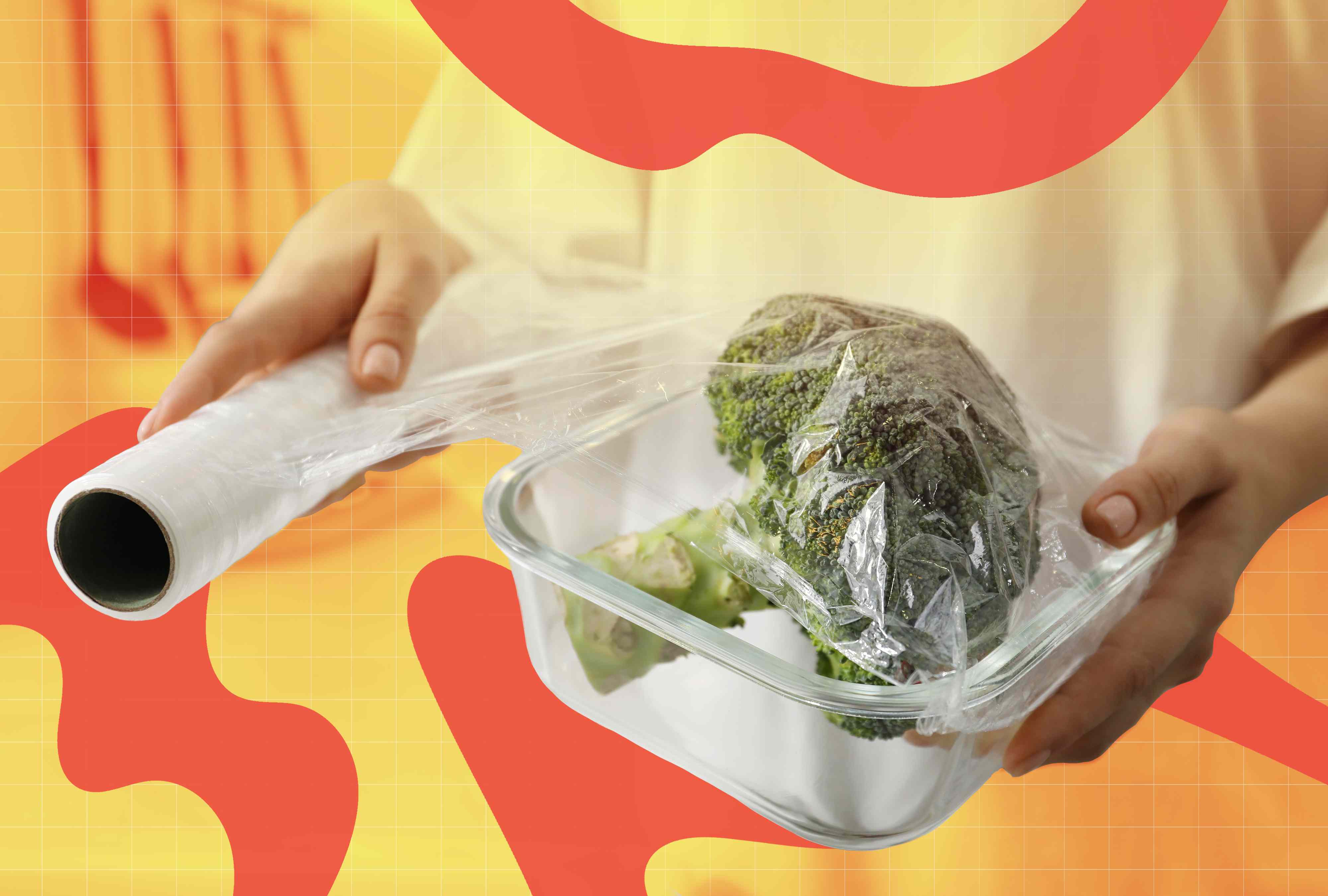
Understanding the Proper Use of Plastic Wrap in the Kitchen
Plastic wrap is a common household item that offers convenience for food storage and cooking. However, improper use can lead to a variety of issues, including melted messes, food spoilage, and even safety risks. To ensure you're using plastic wrap effectively and safely, it's important to understand its limitations and best practices.
Key Limitations of Plastic Wrap
One of the most significant drawbacks of plastic wrap is its susceptibility to melting at high temperatures. Unlike the seal found on frozen meal packaging, which is designed for oven use, standard plastic wrap is made from polyethylene—a thin and flexible material that can easily melt when exposed to heat. This means that plastic wrap should never be used in ovens, grills, or other high-heat appliances. According to Charry Edwards Brown, senior manager at Reynolds Test Kitchen, plastic wrap should not be used at temperatures above 212°F (100°C).
Risks Associated with Certain Foods
Foods high in fat or sugar can also pose challenges when using plastic wrap. Fatty foods, especially those containing unsaturated fatty acids like vegetable oils, have a low melting point and can heat up quickly. This rapid heating can cause the plastic wrap to melt or even explode, leading to chemical leaching and splattering. Similarly, sugary foods, such as caramelized sugars, can reach high temperatures quickly and create bubbling effects that make them unsafe for use with plastic wrap.
Proper Venting and Spacing
When using plastic wrap in the microwave, it’s essential to vent the wrap properly. Failure to do so can result in steam buildup, which may cause the plastic to melt or even explode. To prevent this, turn back one corner of the wrap or make a small slit to allow steam to escape. Additionally, leaving about an inch of space between the food and the plastic wrap helps reduce the risk of the wrap melting onto the food. It’s also advisable to heat food in short intervals—around three minutes—to avoid overheating.
Creating an Airtight Seal
When storing food, creating an airtight seal with plastic wrap is crucial. This helps prevent air and moisture from entering, which can lead to drying, wilting, and oxidation. An airtight seal also helps keep odors from other foods from affecting the taste of your stored items. For freezing, using double layers of plastic wrap, freezer paper, or aluminum foil can help prevent freezer burn. A useful tip from Brown is to press plastic wrap over ice cream before sealing the container, as this helps keep air out and prevents ice crystal formation.
Alternatives to Plastic Wrap
There are several alternatives to plastic wrap that can be used depending on the cooking method. For oven, toaster oven, or air fryer use, aluminum foil and parchment paper are excellent choices due to their ability to withstand higher temperatures. Air fryer liners can also simplify cleanup. For slow cookers and pressure cookers, slow cooker liners are specifically designed for these appliances. When grilling or broiling, heavy-duty aluminum foil, such as Reynolds Grill Foil, is a durable and nonstick option.
Conclusion
Plastic wrap is a versatile tool in the kitchen, but it requires careful handling to avoid potential issues. By following expert advice, such as avoiding high-heat applications, being mindful of fatty and sugary foods, and using proper venting and spacing techniques, you can maximize the benefits of plastic wrap while minimizing risks. When necessary, alternatives like aluminum foil, parchment paper, and slow cooker liners offer safe and effective options for various cooking scenarios.